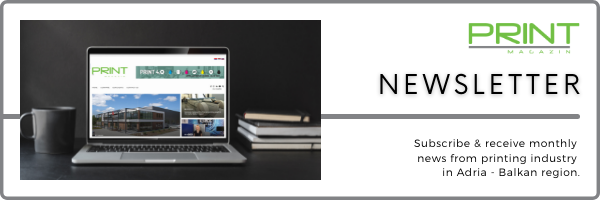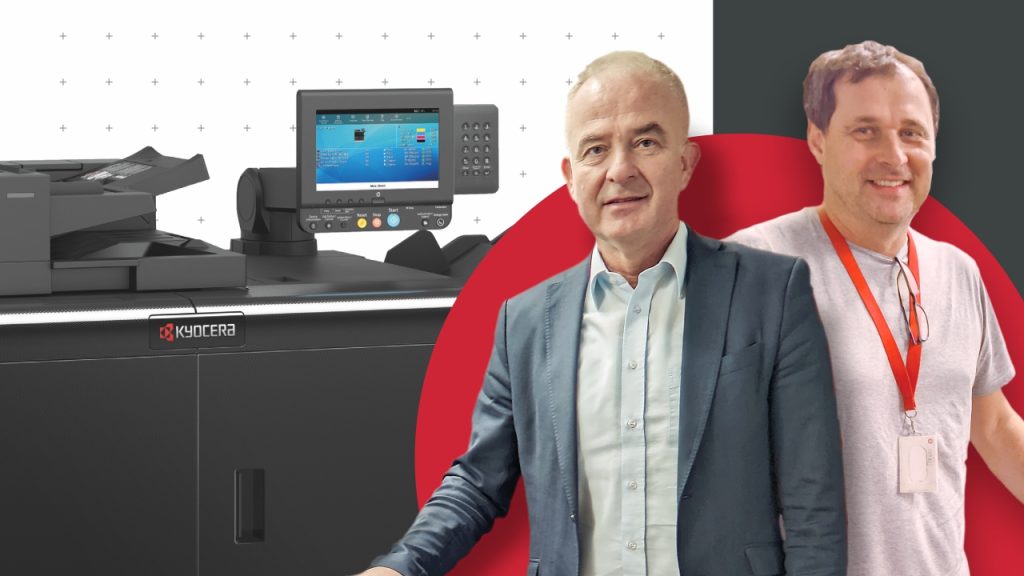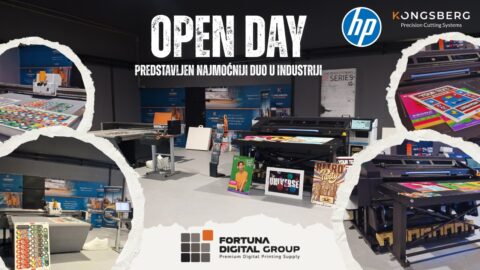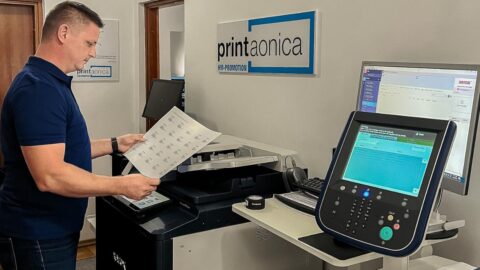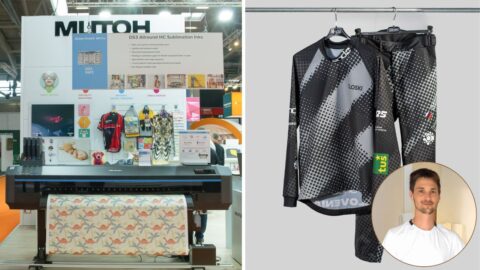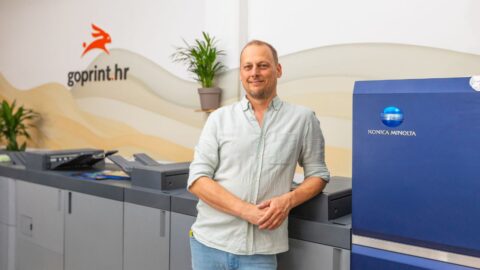Seeing a multi-meter printer that simply “swallows” documents, sorts them and prepares them for machine envelopes is always impressive. The Electronic Letter Company of the Post of Slovenia (EPPS) has been operating for two and a half decades. It is one of the largest printing centers in the Adriatic region. In this company, work efficiency is the most important, because only a few dozen employees take care of 7 million postal items per month and more than 140 million prints per year.
“For the success of our business, model, speed, reliability and flexibility are key. Printing requests often arrive in the afternoon, and by the evening everything must be printed, enveloped and ready to be sent”, this is how director, Vili Hribernik, described the challenges and work process of the EPPS printing center.
Most of the printing jobs are done by printers from the roll, and about a tenth of the jobs in EPPS are of smaller volume. Until three years ago, jobs like this, which required “only” a few tens or hundreds of prints and possibly printing on envelopes, were printed on color laser printers. However, they did not prove to be reliable.
The alternative that took the main role
Because of this, EPPS was looking for a suitable replacement for laser printers, but there were only a few industrial inkjet printers on the market. After a thorough research of suppliers and devices, in 2020 they decided to purchase a Kyocera TASKalfa Pro 15000c device.
This company prints an average of half a million documents per month, and is characterized by exceptional speed and reliability. Since it is an inkjet printer from a sheet where the path of the paper through the machine is straight, and the inkjet technology does not heat the paper, it is an additional plus in terms of the reliability of further processing – sorting and enveloping.
Today at EPPS, employees can no longer imagine working without a Kyocera printer. The printer charmed them with its high productivity, reliability and technical support. Ease of use – preparation and start of work – is practically the same as with home printers – it all greatly simplifies the printing of multiple small batches of transaction documents. The director also praises the lower price of printing compared to laser printers. “The cost of printing per page with our print volume is up to 75% lower, and the consumption of electricity, which was previously converted into heat, is even 82% lower.”
